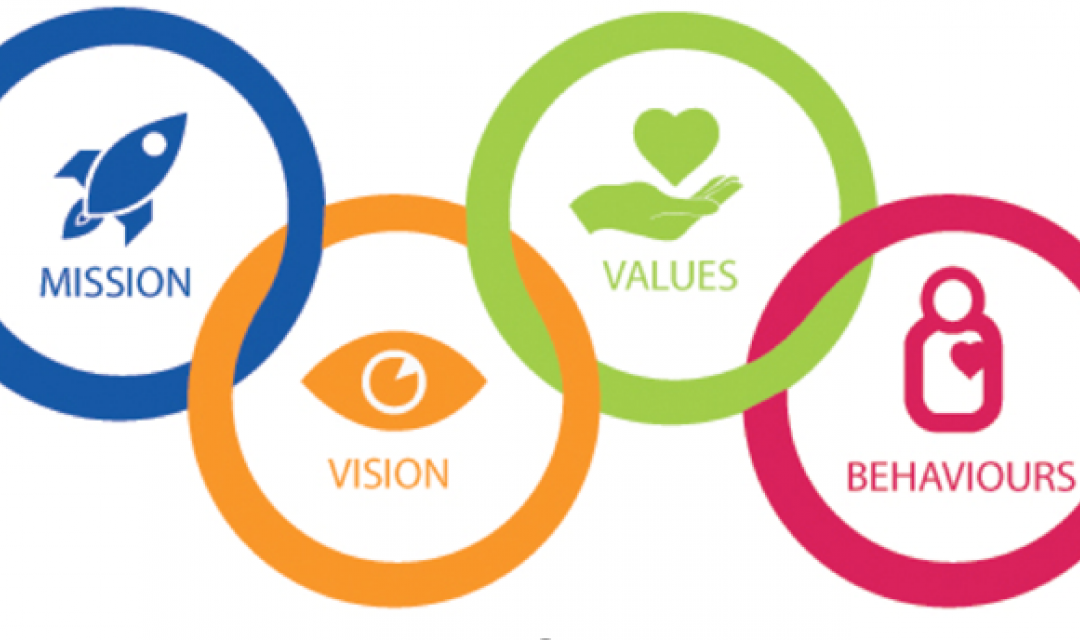If we ask people why they work and what they expect to get out of their work, it is an amazing combination of factors. This canvas keeps changing its texture as the socio-economic situation keeps evolving. We have seen rapid changes in employee expectations in the last two years. Globally we see a surge in employee attrition pushing the leaders to closely review their current practices and think of innovative solutions.
Cut attrition or Raise retention?
Organisations and their leaders are worried after seeing attrition numbers higher than ever before. Instinctively, the HR team thinks of ways to cut attrition. Most commonly, one reviews the salaries and benefits to introduce features like retention bonuses, variable pay and stock options, engage in various reactive steps such as career conversations, training and development programmes and team-building activities. Despite these efforts, one does not see a drastic impact on curbing attrition in the long term.
Rather, one should think of efforts to boost retention by understanding the drivers better and making interventions for those drivers. These typically provide a long-term impact and make the employer brand stronger. We know the set of factors that drive employees to keep staying in an organisation; however, in recent times, there have been a few major shifts and the leadership team has to take cognisance of the changes.
For example, factors like flexibility, competitive rewards and leadership behaviours have become more significant than ever before. Hence, we have to work on all these factors rather than working on solutions that we used in the past.
Triad of Purpose, Values and Leadership Behaviours
As socio-economic changes have been taking place in India, most families are no more worried about the basic needs of living. Their needs are now anchored on factors like creating an impact in the society, having an enriching and meaningful relationship with colleagues at work, getting recognised for one’s contribution and potential and winning the trust and confidence of others at work. In this context, leaders need to take a hard look at the way their organisation is delivering on these aspects.
Youngsters irrespective of the job role and level in an organisation are asking and wondering if their organisation is creating an impact in this world, building a reputation and earning accolades for the products and solutions it delivers. Organisations normally have a tagline describing their purpose and they define the values which act as the guiding rails for them while they go about fulfilling their purpose. We must go to the employees and enquire if they know why their organisation exists and if the purpose is inspirational. If many employees do not relate to the purpose and feel inspired by it, the writing on the wall is that the organisation would not go the distance.
Values are very important decision criteria for employees today. They are looking for clear values and a consistent experience around these. An organisation could be collaborative while another could be competitive, though both of them are in the same space. Similarly, one can be innovative while another could be process-centric. An employee looking for an innovative environment will find it hard to work in a company which thrives on discipline and rigorous implementation. Do companies at the time of recruiting, take care to check for alignment of the prospective employee with the organisation’s values? Similarly, at the time of promotion, do companies check if the person is well-aligned with the company’s values and demonstrates them consistently?
Consistency and alignment of leadership behaviours
Organisations have multiple leaders across levels, functions and locations. Hence, it is not easy to get all of them to behave consistently with a high degree of alignment. In current times, some employees work remotely, some in a hybrid manner and the others distributed across multiple locations. Moreover, the workforce is a blend of permanent employees, outsourced, contractual, casual and gig workers.
Given these complexities of the workforce composition and their expectations of alignment with the company’s values and purpose, it subjects an organisation to a very high order of challenges. The leaders have to demonstrate the values of the organisation through their behaviours consistently.


